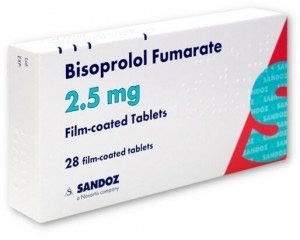A primary healthcare provider prescribes 2 mg/kg of pyrimethamine to a child with severe drooling. A nurse finds that the child weighs 44 lbs. Upon seeing the drug label, the nurse finds that 5 mL of medication contains 1 mg of the drug.
What should the nurse do to provide safe medication to the child?
Administer 1 cup of medication to the child
Administer 1 tsp of medication to the child
Administer 0.8 mg of medication to the child
Administer 2 mL of medication to the child
The Correct Answer is D
This answer is correct because it is based on a series of unit conversions and calculations. The nurse should follow these steps to provide safe medication to the child:
1) Convert the child's weight from pounds to kilograms by dividing by 2.2, since there are 2.2 lbs in 1 kg. The child weighs 20 kg.
2) Multiply the prescribed dose per kilogram by the child's weight in kilograms to get the total dose in milligrams. The child needs 40 mg of pyrimethamine.
3) Use the ratio given on the drug label to convert the total dose in milligrams to the volume in milliliters. The nurse can set up a proportion as follows:
1 mg / 5 mL = 40 mg / x mL
Cross-multiplying and solving for x gives:
x = 200 mL
Therefore, the nurse should administer 200 mL of medication to deliver 40 mg of pyrimethamine to the child.
4) Convert the volume in milliliters to the volume in teaspoons by dividing by 5, since there are 5 mL in 1 tsp. The nurse should administer 40 tsp of medication to the child.
5) Convert the volume in teaspoons to the volume in cups by dividing by 48, since there are 48 tsp in 1 cup. The nurse should administer 0.83 cups of medication to the child.
Nursing Test Bank
Naxlex Comprehensive Predictor Exams
Related Questions
Correct Answer is C
Explanation
The instruction that should be given to this client for the effective management of hypertension is to take
**five tablets** of bisoprolol per day, each containing 100 mg.
This is because the new order of 500 mg of bisoprolol per day is twice as much as the current dose of 250 mg of bisoprolol per day (two and a half tablets of 100 mg each). Therefore, the client needs to double the number of tablets they take per day from two and a half to five.

Correct Answer is D
Explanation
This action should be taken by the nurse before administering the medication because the use of a trailing zero after a decimal point (5.0 mg) is a common cause of medication errors and should be avoided. A trailing zero may be misread or misinterpreted as a larger dose (50 mg) or omited altogether, resulting in a 10-fold overdose or underdose, respectively. For example, when prescriptions have been writen for "Coumadin 1.0 mg," patients have received 10 mg in error. Therefore, the nurse should clarify the intended dose with the healthcare provider and use the correct notation (5 mg) without a trailing zero.
The other options are not appropriate actions because:
a) Discussing the use of PO (by mouth) with the healthcare provider is not necessary, as PO is a standard route of administration for Haldol (haloperidol) and does not pose a risk of confusion or error.
b) Discussing the use of tid (three times a day) with the healthcare provider is not necessary, as tid is a standard frequency of administration for Haldol and does not pose a risk of confusion or error.
c) Discussing the use of Haldol with the healthcare provider is not relevant to the question, as Haldol is the prescribed medication for the patient who is agitated and does not need to be changed or questioned by the nurse.
Whether you are a student looking to ace your exams or a practicing nurse seeking to enhance your expertise , our nursing education contents will empower you with the confidence and competence to make a difference in the lives of patients and become a respected leader in the healthcare field.
Visit Naxlex, invest in your future and unlock endless possibilities with our unparalleled nursing education contents today
Report Wrong Answer on the Current Question
Do you disagree with the answer? If yes, what is your expected answer? Explain.
Kindly be descriptive with the issue you are facing.
